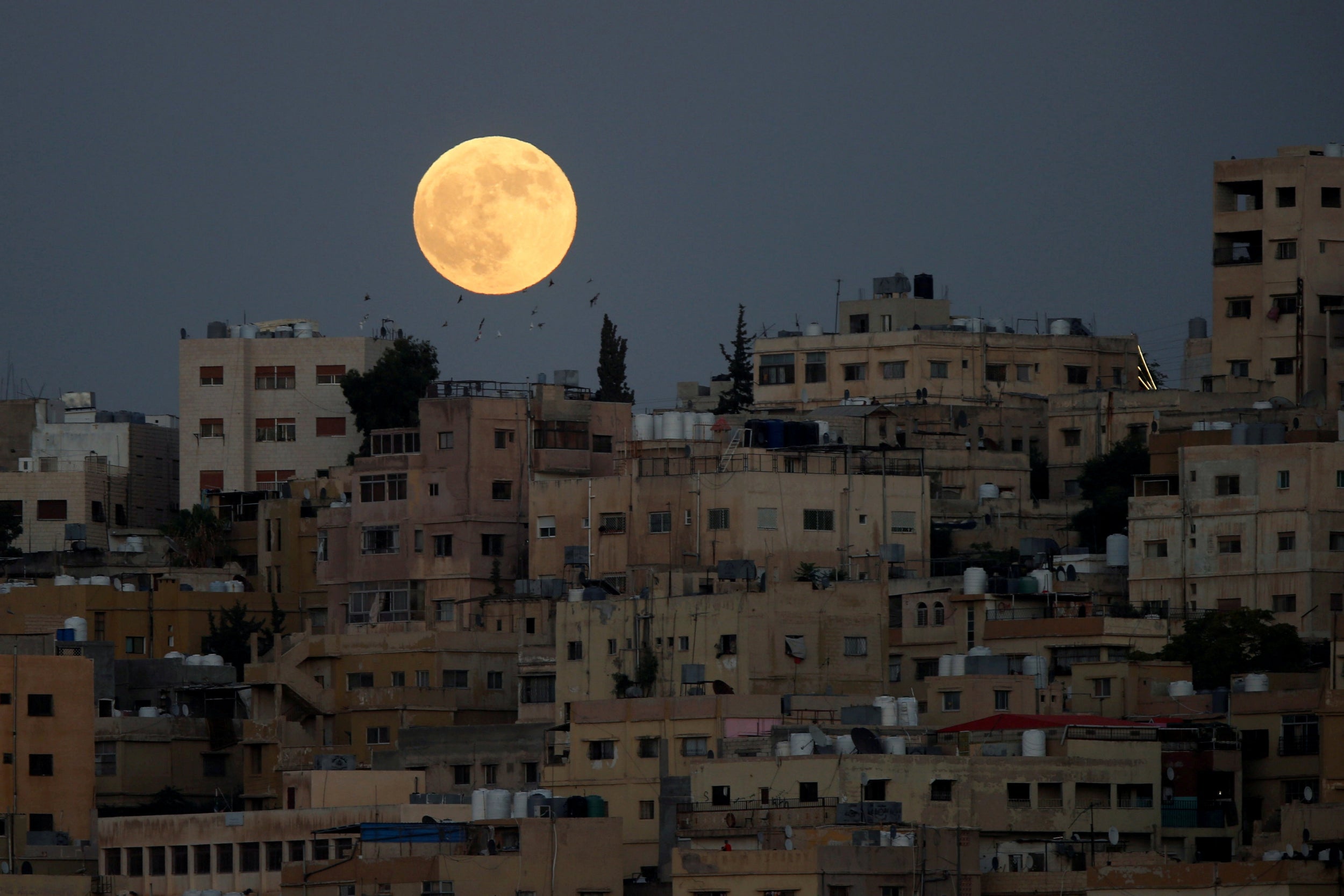Ice found on the Moon: Does Nasa's latest discovery mean aliens might be there? And can we live there too?
The best hope for life on our nearest neighbour is if we put it there ourselves

Your support helps us to tell the story
From reproductive rights to climate change to Big Tech, The Independent is on the ground when the story is developing. Whether it's investigating the financials of Elon Musk's pro-Trump PAC or producing our latest documentary, 'The A Word', which shines a light on the American women fighting for reproductive rights, we know how important it is to parse out the facts from the messaging.
At such a critical moment in US history, we need reporters on the ground. Your donation allows us to keep sending journalists to speak to both sides of the story.
The Independent is trusted by Americans across the entire political spectrum. And unlike many other quality news outlets, we choose not to lock Americans out of our reporting and analysis with paywalls. We believe quality journalism should be available to everyone, paid for by those who can afford it.
Your support makes all the difference.Scientists have found ice scattered across the Moon's surface. And it's a discovery that could have major consequences for other things up there, too.
Across the surface of our nearest neighbour is frozen ice, hiding out in places in the polar regions that aren't touched by the sun.
The breakthrough has prompted discussion a moon village that could allow people to live on the moon. From there, we could launch into the rest of our neighbourhood, providing vast new opportunities for space exploration.
And, as ever, it has prompted discussion of whether the water spread throughout our Solar System might mean alien life is living far nearer to us than we think.
Does it mean there might be aliens?
Probably not. Nasa's ruling principle in its search for aliens has been to follow the water, since that is thought to be required for any kind of life, but that doesn't necessarily mean that life exists everywhere water does.
The environment on the Moon is still unremittingly harsh. It is freezing cold in the shade where the ice is, and devastatingly hot out of it; almost certainly too difficult for life. And that's not to get started on the radiation that pounds the Moon's surface.
Of course, we can't say for sure there aren't aliens; nobody can, until we've scoured the entire Moon. There might be forms of life that look entirely different to what we expect, and which are able to live in very harsh environments – we have certainly found such organisms down here on Earth.
There are much better moons to go hunting for aliens on in our own solar system, anyway. Scientists are very excited about discoveries from Jupiter's moons Enceladus and Europa, for instance – both of which seem to have many more of the ingredients required for life than our relatively barren satellite.
And it's also worth noting that some scientists have suggested that there might once have been life on the Moon, even if it's not there anymore. That's probably not especially comforting if you're keen on meeting aliens – but whatever life we found on any Moon nearby would probably be very simple organisms, so are unlikely to have much of a chat with us anyway.
Can we go and live there?
The much more enticing prospect for life on the Moon is if, instead of searching for it, we put it there ourselves. The life we've been looking for might be our own.
The researchers behind the new paper noted that their discovery is of intriguing importance to those who hope to use the Moon's surface as a base, or a place to launch off to other more distant parts of the solar system.
“We found direct and definitive evidence for surface-exposed water ice in the lunar polar regions,” the researchers in the new paper, which is published in the journal Proceedings of the National Academy of Sciences.
“The abundance and distribution of ice on the Moon are distinct from those on other airless bodies in the inner solar system such as Mercury and Ceres, which may be associated with the unique formation and evolution process of our Moon.
“These ice deposits might be utilised as an in situ resource in future exploration of the Moon.”
While we might be able to take the important parts of the infrastructure for life on the Moon up with us – the technology that would allow us to breathe and protect ourselves from the harsh environment, for instance – it will be far too resource intensive to take supplies like water at the same time. So things like water are key to being able to establish ourselves on the Moon.
Join our commenting forum
Join thought-provoking conversations, follow other Independent readers and see their replies
Comments